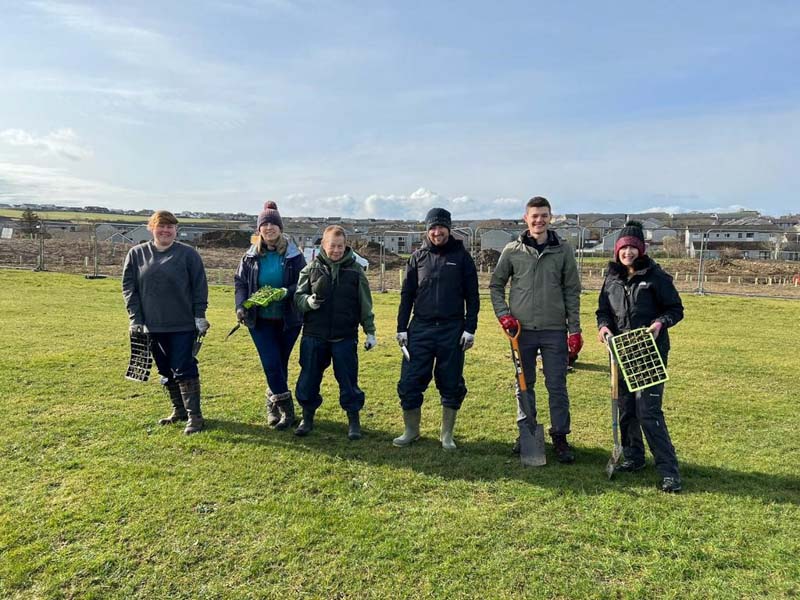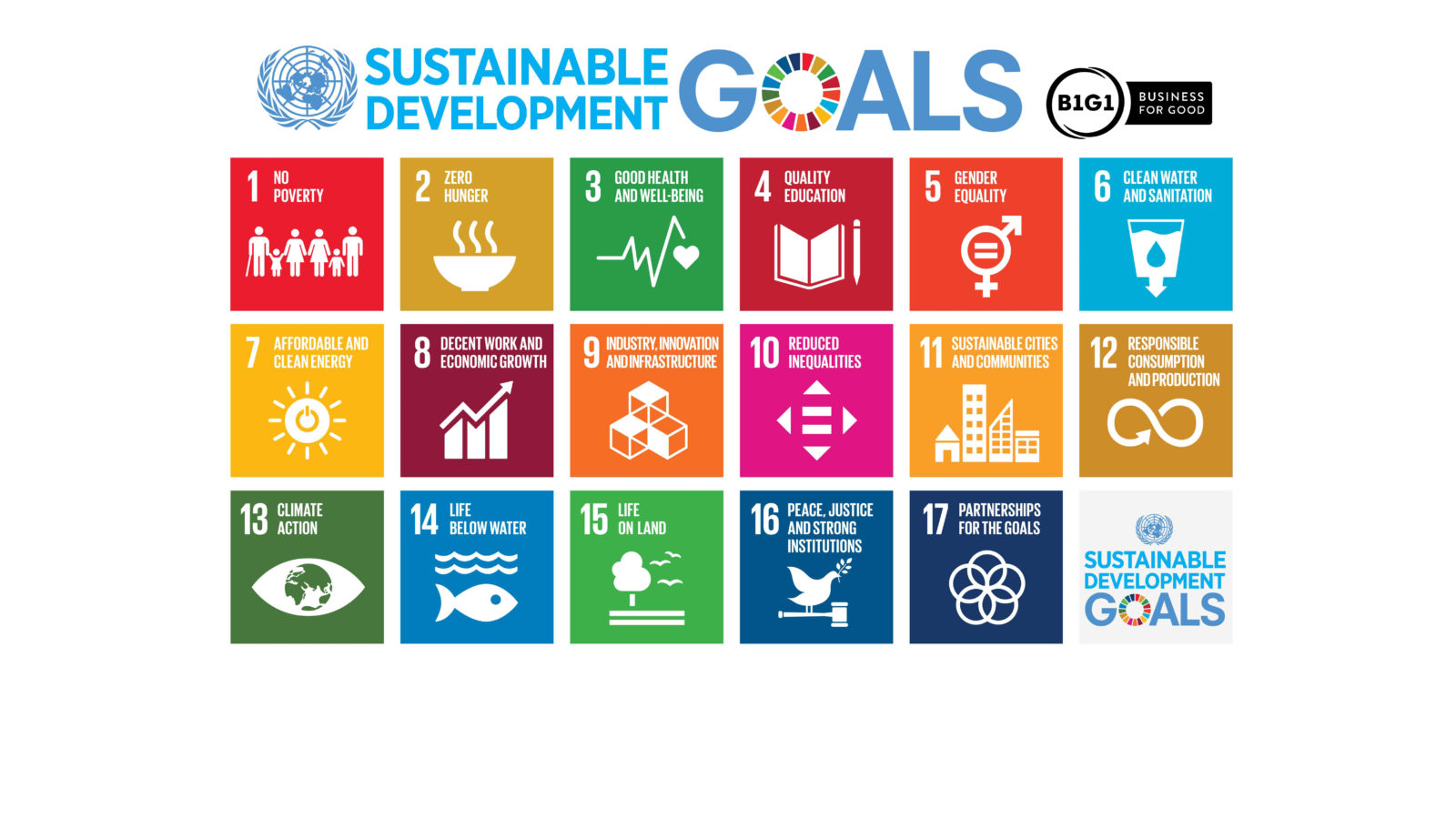Papdale East Community Park
The overarching aim of our design for Papdale East Park was to provide a modern and multifunctional community space, underpinned by public engagement and the regeneration of local ecology.
The resulting design for the revitalised Park prioritises active travel, biodiversity and flood management, also creating welcoming arrival sequences for users and visitors.
This project is one of a number arising from Orkney Island Council’s ‘Your Kirkwall’ Place Plan; aiming to connect communities through public space and active travel, provide play and social space, create habitat for locally scarce plant species, and overall to make an islands-wide destination for outdoor space and play.
Inherent in our approach was not just to take the initial client brief, but to question and interrogate the expectations and objectives. What was the relative importance of each requirement? How could these be detailed and implemented for a demanding climate and wider context? And critically, how could we embed the park within the local and wider communities and the sensitive and special ecology of the islands?

This initial review resulted in early changes to the stage 3 scheme, including a proposal to route the daylighted burn through the centre of the park for amenity as well as biodiversity and flood management, taking potential flood water further from adjacent homes. We also researched sourcing of local genetic planting materials for the burn and the wider park. Naturally, the new cycle path follows this new biodiverse corridor, the sinuous form expanding and contracting along its length, to create public spaces that flow out on either side, drawing together human and natural spaces within one overarching landscape framework.
Underpinning this process was an initial series of stakeholder workshops, followed by wider consultation and engagement with the community, council, local schools and the Papdale East Playpark Association (PEPA) who championed the project. Both processes yielded key local knowledge and skills, including locally collected and grown wildflower seed and plants; site history including social history; hydraulic context and also engendered a growing relationship with PEPA who facilitated some of the consultation process and worked hard on fundraising and local awareness.
The detailed proposals, shaped in partnership with the community, were presented at consultation in June 2021. Covid shaped our approach to this process also, requiring the team to be creative in how to hold public events and workshops safely during a pandemic, whilst still obtaining effective and collaborative feedback. It also led to an ever greater emphasis on healthy living and safe outdoor activities within the design.


Planting is of key importance to the identity of the Park. The original park was a large open space consisting of mown grass with one area of woodland planting, and some small areas of shrubs – a low overall level of biodiversity with little seasonal variation, diversity or colour – and little positive impact on those visiting the Park.
The aim to regenerate the park ecology led to the inclusion of Orkney-specific woodland planting – aided in implementation by a specialist nursery in Moray – and also Orkney-specific wildflower meadows. The meadows, remaining mown grass areas, burn banks and new woodland create a mosaic habitat, capable of supporting populations of Great Yellow Bumblebee, Orkney Vole, and a variety of locally typical bird species. The council’s Environment Officer assisted in the collection of seeds and plug plants for the project, and she along with a local team broadcast the seed and planted the young wildflowers throughout the meadow areas.
Woodland planting is located to shelter the cycle path from the elements as it matures over time, and the wider meadows give access to colourful open space, with paths run through for inclusive community access.The plaza areas were planted with a range of locally appropriate and colourful ornamental species, including polinators, to give seasonal and year-round interest.


Materials were also selected for locality, sustainability and to be resilient to the sometimes harsh Orcadian climate. Sourced from northern Scotland and Orkney where possible, for example, Caithness stone for the new road crossing. Timber decks and bridges, solid path surfacing and new land drainage were also specified in response to consultation feedback, along with timber and metal detailed seating, a community shelter and sensitive lighting throughout. The high quality and durability of materials provide longevity.
Lighting is improved to maximise the usability of the spaces throughout the day and especially the dark evenings in winter. Our design includes new lighting columns that provide appropriate levels of illumination to the main cycle route and new community plaza, thus strengthening this new link between the upper valley and Kirkwall centre. The lighting is designed to minimise the impact on wildlife and maximise dark skies.
Small details were also introduced for community services, such as bespoked noticeboards, seating clusters, choice of planting type and colour, and carefully considered access to provide interaction with the Papdale Burn. The channel has gently sloping sides, allowing natural play; children already love playing by the cascade, and pooh sticks on the bridges. Cycle parking and EV charging points complete the set of services, making this Park into a vital community hub and focal point which should last and evolve into the future.


The overall design, including the detail, was heavily influenced by the various phases of community engagement and consultation – particular points included stormwater management, access to the natural play qualities of the burn channel, the shape of the play area and use of the school pupil’s design ideas and ‘postcards from the future’.
Tracking behavioural change engendered by the new design is part of the Sustrans process, but it was clear from early engagement that the wish and need for change in the space was already there. The community asked for this project; the team listened carefully – the evidence is already clear that the resulting park has exceeded expectations, being used more than previously: more active travel journeys are being made and more people see the park as a destination, also inspired by the increase in biodiversity, from over a hectare of new Orkney wildlflower meadows.
Funding was provided from a number of sources, princpially NatureScot’s BCF fund, Sustrans ‘Places for Everyone’ and Crown Estates.


The next phase of the project will be to implement design and construction work on the new play area, the setting for which was created as part of the first phase. Consultation will take place at the Park’s opening ceremony in late April 2023 – where the community will be invited to give feedback whilst celebrating the official opening of a Park that is already well used and loved by all. The completed project is complementary to the island setting, and is detailed to a high standard to create maximum impact and longevity. Our delivered vision for Papdale was for a considered and welcoming setting that offers visitors an inclusive and accessible experience.





